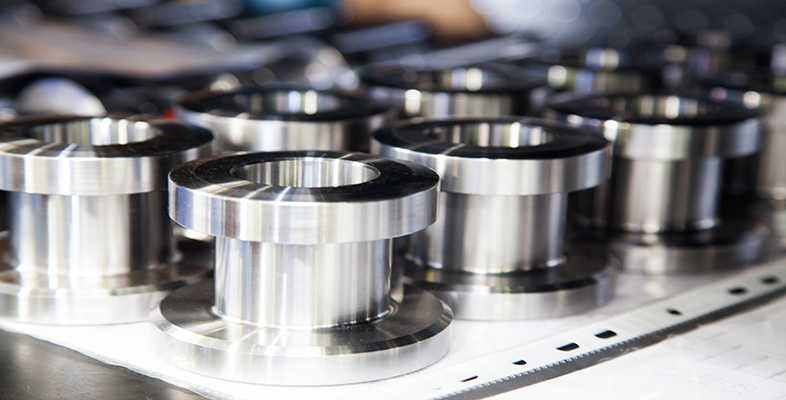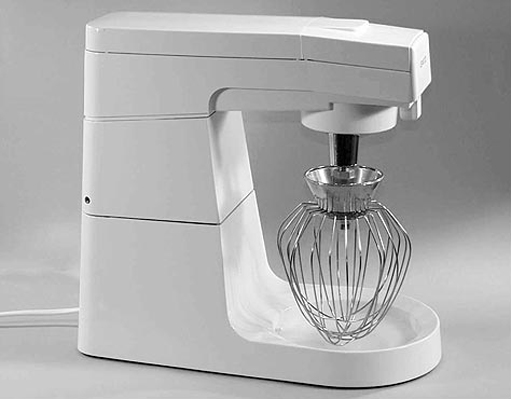1.12 Manufacturing processes: making things
We can't hope to cover all the manufacturing processes that exist, so instead, you'll meet a selection of some of the more important ones. This should allow you to appreciate the main principles involved and, in particular, how process choice is intimately bound up with product design and material selection.
As you work through the text, you should be asking yourself what processes could have been used to shape the materials involved in making familiar articles such as the pen. You might also ask what the difference is between one example that costs a few pennies and another that has a price tag of several pounds.
It will be helpful if we base our look at manufacturing processes on a specific example. We need a fairly simple product, but one that can be made from a variety of materials that in turn require a range of processes.
The product I've chosen is a simple gearwheel from a food mixer. Why use this example? There are several reasons:
-
It's a product that is easily understood;
-
there are several different routes by which it could be made;
-
gearwheels are products found in myriad applications.
Food mixers tend to be more robust than processors and blenders, to cope with mixing stiff dough and the like, so their gears will have endure higher loadings than the others. As a consequence, their technology is likely to be a bit more demanding. This is another good reason to focus on a gearwheel from a mixer.
In a food mixer, there is a single motor that drives one or two shafts to which the attachments are connected. These interchangeable attachments are fitted to one end of a series of toothed gearwheels, known as a gear train (see Gears and gearing), the other end of which is coupled to the electric motor. We're going to look at just one gearwheel in the gear train of a typical mixer (Figure 6).

